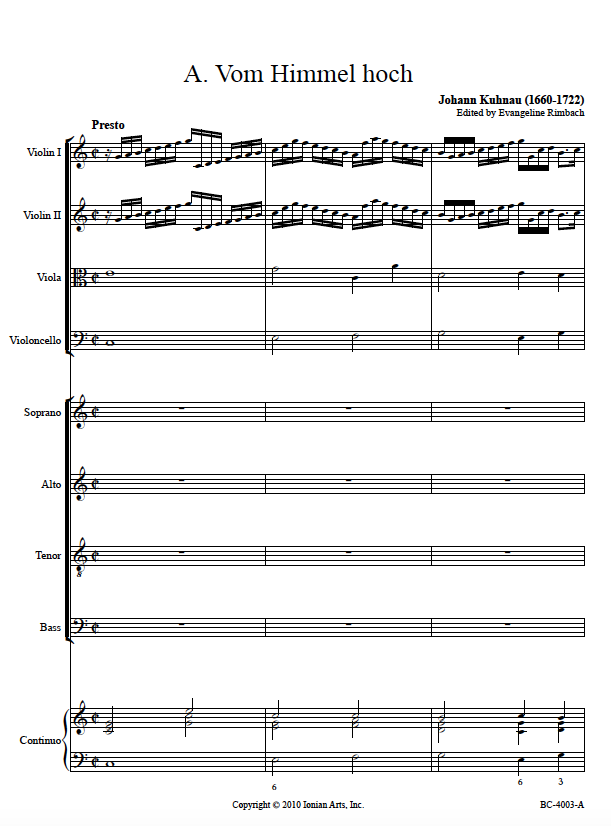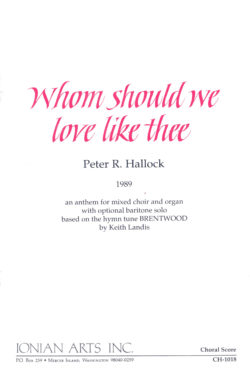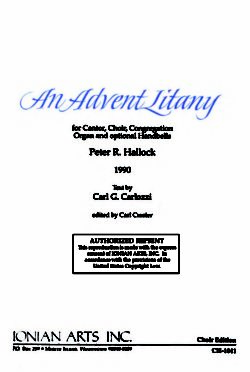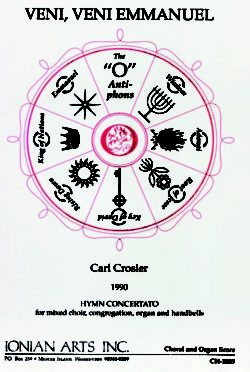Description
Manuscripts of the parts of the four Christmas Laudes were obtained from the Musikbibliothek in Leipzig. Laudes were Latin and German songs sung at Christmas and Easter. There exists a small group of 16th and 17th century Magnificat settings which have these Laudes interpolated between verses. As Grove’s dictionary states: “These are a special instance of folk tradition confined to Reformation Germany.”
Michael Praetorius’ Megalynodia (1611) contains fourteen Magnificats, eleven of which are motet, madrigal, and chanson parodies and three evidently original compositions. Inserted into the first two Magnificats are German Christmas songs and into the third one are German Easter songs. This custom prevailed until the first E-flat setting of Bach’s Magnificat. In fact, Bach’s choice of interpolations in BWV 243a is based on the four Laudes used by Kuhnau.
Kuhnau’s Laudes agree in key and instrumentation with his C-major Magnificat. They appeared in the catalogue of his works prepared by Arnold Schering in DdT Bd. 58/59, pages XLV-XLVIII, as Vom Himmel hoch under the category of Kirchenstücke. It is interesting to note that the Leipzig Council in 1702 wished to abolish “sundry fanciful Latin hymns. . . [such] as the generally so-called Laudes at Christmastime.”
There is some question as to whether or not Kuhnau composed these pieces. Andreas Glöckner poses the possibility that they may have been written by Kuhnau’s predecessor at St. Thomas, Johann Schelle. At the present time, no clear evidence exists of this possibility.
Although these pieces were intended as additions to Magnificat at Vespers during Christmastide, it is also possible to use them individually as anthems or responses or as a stand-alone set of pieces.
—Evangeline Rimbach





